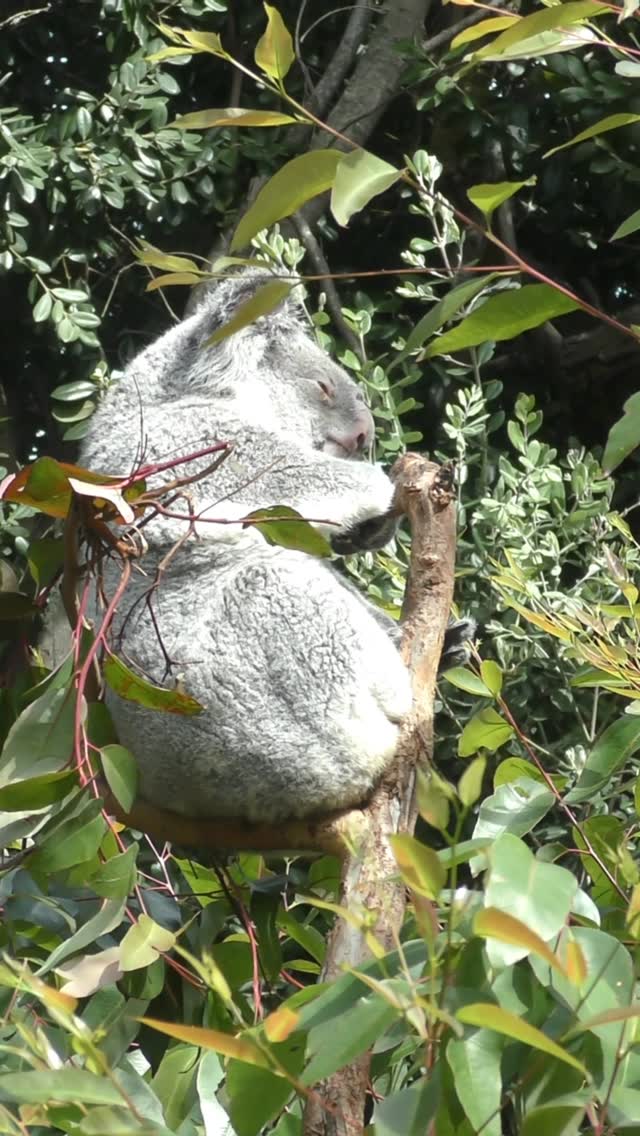- Exploring the Characteristics and Behavior of Chillin’
- The Role of Zoos in Wildlife Conservation
- Techniques and Strategies in Zoo Management
- The Importance of Wildlife Conservation and Education
- Challenges and Solutions in Zoological Research
Chillin’, the fascinating creature of our focus, captivates scientists and animal enthusiasts alike with its distinctive characteristics and behaviors. Understanding such creatures is crucial, not just for scientific curiosity, but also for advancing conservation efforts. Studying their traits and habits provides insights that are vital to their preservation and to maintaining ecological balance.
Chillin’ displays intriguing behavior patterns that offer glimpses into its adaptation strategies. For instance, this animal exhibits a unique thermoregulation process that allows it to thrive in diverse environments. Such abilities are essential for survival amidst changing climatic conditions. Observing these behaviors offers clues about the evolutionary processes that have sculpted the diversity of life on Earth.
The role of zoos in wildlife conservation is pivotal, functioning as safe havens for species under threat from habitat destruction, climate change, and human encroachment. Modern zoos are not just entertainment venues; they are centers for scientific research and conservation initiatives. Through breeding programs and habitat simulations, zoos contribute significantly to the preservation of genetic diversity. Chillin’, like many endangered species, benefits from such programs, which aim to bolster the population and study genetic health.
Zoo management practices play a critical role in ensuring the well-being of animals like Chillin’. Effective management involves creating enriching environments that mimic natural habitats, thus promoting natural behaviors. The implementation of behavioral enrichment programs keeps these creatures mentally and physically stimulated. Careful monitoring of health and diet is essential for maintaining optimal conditions, requiring detailed records and an understanding of each species’ unique needs.
Wildlife conservation and education are inseparable. Zoos, therefore, serve as educational platforms that raise awareness about the importance of preserving biodiversity. Educational programs teach visitors about the ecological roles of species like Chillin’ and the threats they face. By fostering a connection between the public and wildlife, zoos inspire future generations to advocate for conservation efforts.
Zoological research faces numerous challenges. Funding constraints, ethical considerations, and rapidly changing environmental factors make research complex. Nonetheless, advances in technology and collaborative efforts have paved new pathways. Techniques such as telemetry and genetic analysis have enhanced our understanding of elusive species, guiding effective conservation strategies.
Engagement in conservation efforts is critical in our times, when biodiversity is under unprecedented threat. Organizations and individuals must collaborate to develop solutions that address these challenges. By spotlighting the fascinating life of Chillin’, zoos and research institutions bridge the gap between science and public interest, creating a deeper appreciation for the natural world.
Through scientific inquiry and public engagement, we can strive to protect creatures like Chillin’ and ensure they continue to be a part of our planet’s rich tapestry.
*****
Source Description
Chillin’.


